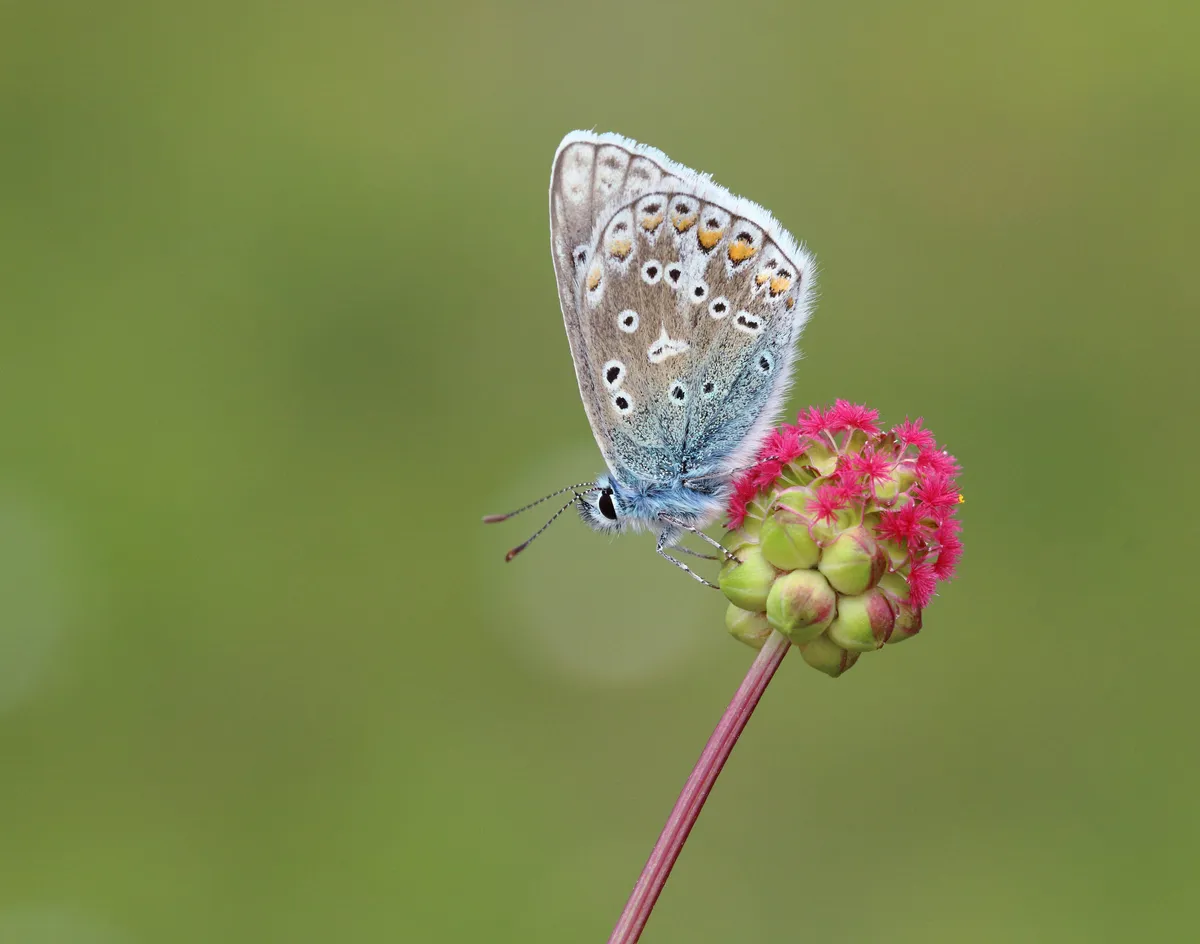Record-breaking hot weather during 2018 saw numbers of common blue butterfly boom across the UK, increasing by a staggering 104 per cent on the previous summer.
Now, in wake of the UK’s most recent heatwave, and warmer-than-average temperatures predicted for August, experts believe that the common blue might be seeing its best-ever summer, with numbers set to rise even further.
In order to more accurately gage the butterfly’s numbers across the UK, Butterfly Conservation Trust and Campaign for National Parks are calling on citizen scientists to participate in the Big Butterfly Count by getting outdoors and recording all the butterflies they see.
Members of the public are encouraged to watch for butterflies a little further afield than their gardens, as the common blue typically prefers grassland such as downland, woodland clearings, heathland, and sand dunes — varied landscapes found across a range of National Parks lands.

Butterfly Conservation’s Senior Surveys Officer, Dr Zoe Randle, explains: “People should be able to spot these butterflies in National Park areas, as their caterpillars mainly feed on the wildflower common bird’s-foot-trefoil.
“It would really help us if people could get outside and look for this butterfly, so we can see if its fortunes really have turned around or if the common blue still needs our help.
“We’re also keen for people to keep recording any painted lady sightings, as this could be a record year for them – in just two days last week, people across the UK counted more than 30,000 painted lady butterflies and thousands more have been seen since then, so keep counting, and we’ll reveal the total number after Sunday 11 August!”
Campaign for National Parks is keen for the public to look for the common blue and take part in the Big Butterfly Count across their parks, to help them identify where their top common blue colonies are in England and Wales, and which other butterfly species their sites support.
To take part, find a sunny space and spend just 15 minutes counting every butterfly you see, and then submit your findings online by Sunday 11 August.
Visit Big Butterfly Count to find out more.
Main photo © Bob Eade/Butterfly Conservation.